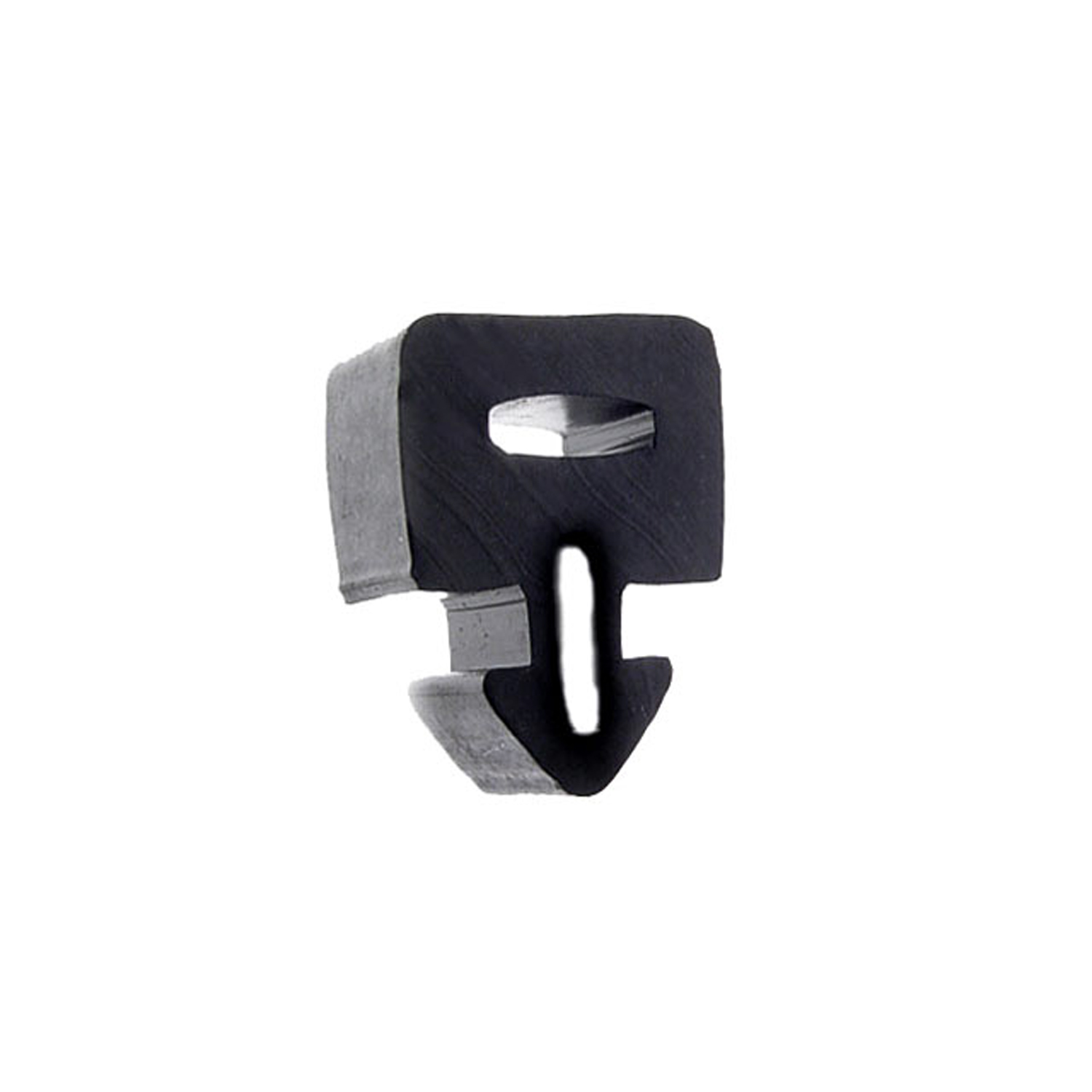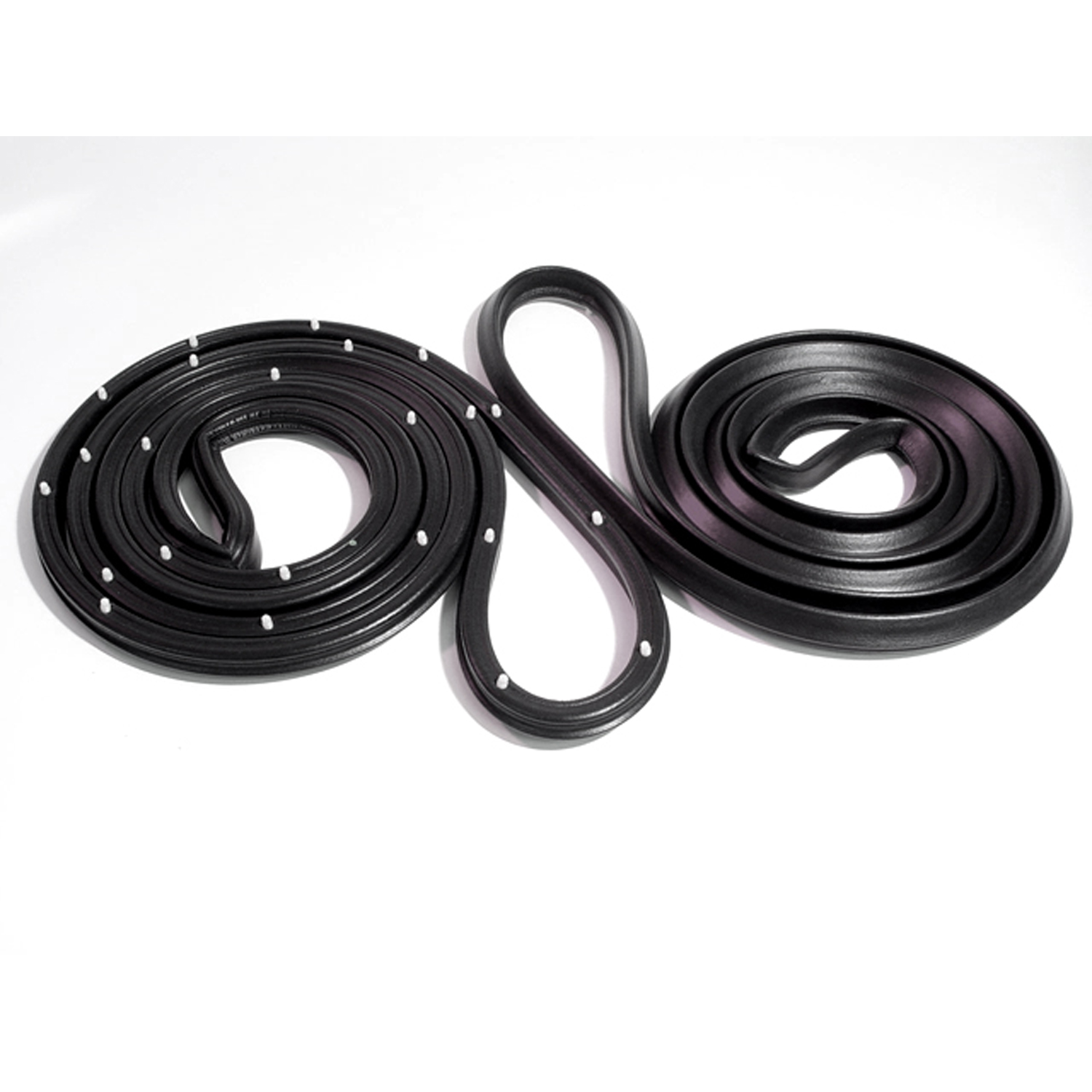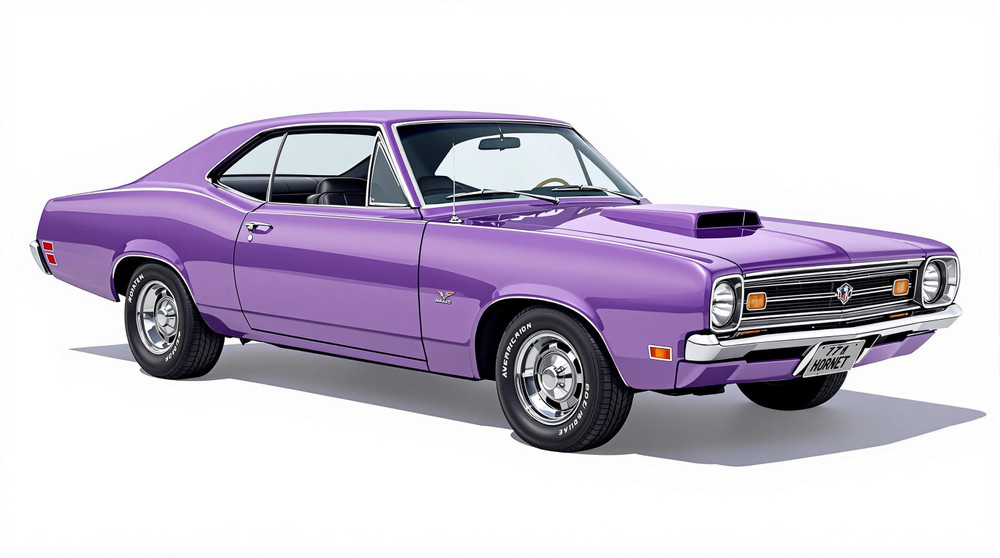Image of 1971 American Motors Hornet, Note: These illustrations use artistic license and may differ from actual historical models.
Performance Metrics
Fundamental Metrics
Emotional Appeal
MMP Rating
| Engine Specifications | |
|---|---|
| Engine Options: | Inline-6, V8 |
| Displacement Range: | 232-401 cu in (3.8-6.6 L) |
| Horsepower Range: | 100-330 hp |
| Torque: | 145-430 lb-ft |
| Compression Ratio: | 8.0:1 - 10.2:1 |
| Ignition System: | Distributor |
| Cooling System: | Liquid-cooled |
| Performance Specifications | |
| 0-60 Time: | 10-8 seconds |
| 1/4 Mile Time: | 17-15 seconds |
| Top Speed: | 105-120 mph |
| Transmission and Drive | |
| Drive Type: | Rear-wheel drive |
| Transmission Type: | 3-speed manual, 4-speed manual, 3-speed automatic |
| Fuel and Efficiency | |
| Fuel System Type: | Carburetor |
| MPG: | 15-20 mpg |
| Dimensions and Brakes | |
| Brakes: | Front disc, rear drum |
| Wheelbase: | 108 in (2,743 mm) |
| Weight: | 2,900-3,400 lbs |
Note: Specifications for classic cars are given to the best of our ability, considering the limited and variant data available.
1971 American Motors Hornet: A Compact Marvel of Its Time
The 1971 American Motors Hornet buzzed onto the automotive scene with a blend of practicality and style that was poised to capture the hearts of the American public. Born from the innovative minds at American Motors Corporation (AMC), this compact car was designed to offer an economical yet comfortable driving experience during a time when consumers were beginning to value efficiency alongside performance. One unique fact about the Hornet is that it served as the foundation for AMC's famous Gremlin, a subcompact introduced in the same year, which shared many components with its compact sibling.
Design and Innovation
With its clean lines and balanced proportions, the Hornet's exterior styling exuded a sense of robust simplicity. The interior was surprisingly spacious for a compact car, offering a level of comfort that belied its modest dimensions. High-quality vinyl and durable fabrics adorned the seats, while thoughtful ergonomics ensured a pleasant driving environment. Technologically, the Hornet featured innovations such as flow-through ventilation and an optional "Weather Eye" heating and cooling system. Color options ranged from the understated to the vibrant, with hues like "Mellow Yellow" and "Big Bad Orange" catching the eye of more audacious buyers. Body styles included a two-door sedan, four-door sedan, and a sporty two-door Sportabout wagon. The Sportabout, with its practical design and stylish appearance, quickly became one of the most popular choices among consumers.
Historical Significance
The Hornet's impact on automotive design was significant, particularly in how it offered a smaller footprint without sacrificing interior space—a concept that would become increasingly important in later years. It set itself apart through its balance of economy, utility, and style at a time when fuel efficiency was becoming more important due to rising fuel prices.
Performance and Handling
Performance-wise, the Hornet could hold its own against competitors. With engine options ranging from an economical 232 cubic inch inline-six to a more powerful 304 cubic inch V8, top speeds varied accordingly. Acceleration from 0-60 mph was respectable for its class and era. The ride quality was smooth for daily driving yet firm enough to provide confidence on winding roads. Drivers often praised the Hornet for its straightforward mechanics and responsive handling.
Ownership Experience
The Hornet served many roles—from daily commuting workhorse to stylish show car—and even found its way onto race tracks in various modified forms. Owners appreciated its reliability and straightforward maintenance, which could often be performed by those with even modest mechanical skills.
Fun Facts
A little-known tidbit about the Hornet is that it had a brief Hollywood career; it starred in the James Bond film "The Man with the Golden Gun" performing a stunning corkscrew jump. Despite some criticisms over time about its conservative styling or modest power in base models, the Hornet has held a fond place in American automotive history.
Collector's Information
Today, collectors might find Hornets valued anywhere from $5,000 for models in fair condition to upwards of $20,000 or more for pristine examples or rare configurations. While production numbers were substantial—with hundreds of thousands built—finding one in excellent condition can be challenging. The market trends have shown appreciation for well-maintained Hornets over time.
Conclusion
In retrospect, the 1971 American Motors Hornet stands as a testament to AMC's ability to produce vehicles that were both practical and appealing. It bridged gaps between economy and comfort, compact size and utility—traits that continue to influence automotive design today. For those who appreciate classic cars with character and historical significance, the Hornet remains an endearing choice.
1971 American Motors Hornet Catalog of Parts
 1971 American Motors Hornet Hood Bumper. Each-HF 84Hood Bumper. Each
1971 American Motors Hornet Hood Bumper. Each-HF 84Hood Bumper. Each 1971 American Motors Hornet Hood Bumper. Each-HF 85Hood Bumper. Each
1971 American Motors Hornet Hood Bumper. Each-HF 85Hood Bumper. Each 1971 American Motors Hornet Molded door seals. For 2-door sedan-LM 31-CMolded door seals. For 2-door sedan. Proper clips correctly positioned. 148 in. (375.9 cm) L. Pair. R&L.
1971 American Motors Hornet Molded door seals. For 2-door sedan-LM 31-CMolded door seals. For 2-door sedan. Proper clips correctly positioned. 148 in. (375.9 cm) L. Pair. R&L. 1971 American Motors Hornet Beaded Deck Rack Mounting Pads. 1-7/16" X 3". Pair-MP 622-BBeaded Deck Rack Mounting Pads. 1-7/16" X 3". Pair
1971 American Motors Hornet Beaded Deck Rack Mounting Pads. 1-7/16" X 3". Pair-MP 622-BBeaded Deck Rack Mounting Pads. 1-7/16" X 3". Pair 1971 American Motors Hornet Spare Tire Hold Down Nut. 5/16- 18 thread size-WF 3506Spare Tire Hold Down Nut. 5/16- 18 thread size. Replaces OEM #3198901. Each
1971 American Motors Hornet Spare Tire Hold Down Nut. 5/16- 18 thread size-WF 3506Spare Tire Hold Down Nut. 5/16- 18 thread size. Replaces OEM #3198901. EachWhy Choose Metro?
For over 100 years, Metro Moulded Parts has been the pinnacle of quality in classic car restoration parts. Our commitment to precision and authenticity in every component ensures a perfect fit and an OEM-level appearance.
- Expert Craftsmanship & Quality: Each part is a testament to our dedication to reliability and perfection, crafted from original designs and thoroughly tested.
- Advanced Technology: We use cutting-edge techniques to create flawless, long-lasting parts that surpass others in performance.
- SuperSoft Sponge – The Ultimate Door Seal: Not only are our door seals 30% softer than competitors', but they're also guaranteed to never leak. They effectively reduce wind and road noise, enhancing your classic car's comfort and driving experience.
- Proudly American: Our parts are a product of American craftsmanship, made in the USA with a spirit of excellence and heritage.
- Unrivaled Warranty: We back our products with a 30-year industry-leading warranty, a testament to our confidence in their quality.
Join us in preserving the legacy of classic cars with parts that are crafted for perfection, not just made.

